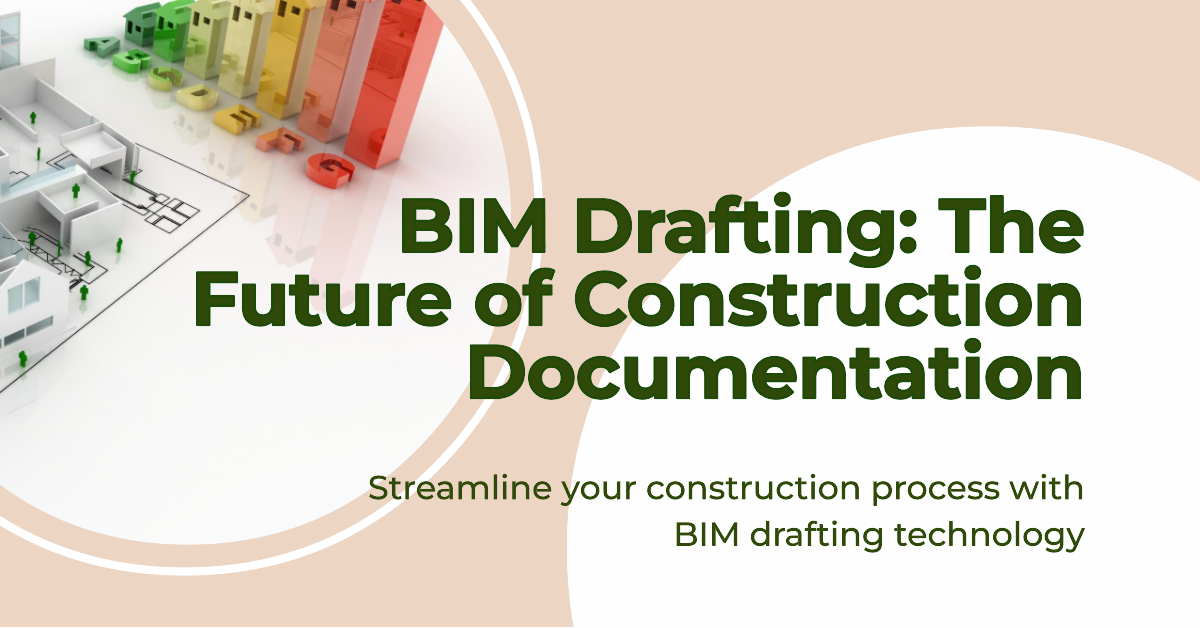
Introduction: Unveiling the Future of Construction Documentation
In the rapidly evolving construction industry, innovative technologies continue to reshape conventional practices. One such transformational approach is BIM Drafting, a groundbreaking technique that goes beyond traditional 2D drafting to create comprehensive digital models that enhance collaboration, accuracy, and efficiency throughout the construction lifecycle. This article delves into the intricacies of this drafting, its benefits, implementation strategies, and answers common questions, shedding light on its pivotal role in the construction landscape.
The Cornerstone of Modern Construction
BIM Drafting, short for Building Information Modeling Drafting, is a paradigm shift from conventional 2D drafting. It involves creating intelligent, digital representations of buildings and infrastructure projects. These models encompass not only geometric details but also a wealth of information about components, materials, spatial relationships, and more. By encapsulating diverse data in a single platform, it enables stakeholders to visualize, simulate, and analyze every aspect of a project before construction begins.
The Benefits of This Drafting in Construction
Embracing BIM model offers an array of benefits that redefine construction practices:
- Enhanced Collaboration: BIM models act as a central repository, facilitating seamless collaboration among architects, engineers, contractors, and other stakeholders. This shared platform fosters communication and minimizes errors arising from miscommunication.
- Improved Visualization: This drafting provides photorealistic 3D models, allowing stakeholders to visualize the end product before construction starts. This aids in early design validation and prevents costly modifications later.
- Accurate Documentation: The comprehensive nature of BIM models ensures accurate documentation. This accuracy translates into fewer change orders, reduced rework, and improved project timelines.
- Efficient Clash Detection: BIM models allow for clash detection, identifying conflicts among various building systems (e.g., HVAC, plumbing) before construction begins. This prevents on-site clashes and enhances construction efficiency.
- Lifecycle Management: BIM models offer insights beyond construction, aiding facility managers in maintenance, renovations, and even demolition. This extends the value of BIM beyond initial construction.
Implementing BIM Drafting Successfully
Transitioning to drafting requires a strategic approach:
- Invest in Training: Equip your team with the necessary skills to create and work with BIM models. Training ensures maximum utilization of the technology.
- Choose the Right Software: Select a BIM software that aligns with your project requirements and team expertise. Popular options include Autodesk Revit, ArchiCAD, and Bentley Systems.
- Standardize Processes: Establish standardized workflows to ensure consistency in BIM model creation, naming conventions, and file organization.
- Collaborative Environment: Foster a collaborative atmosphere where stakeholders openly share information within the BIM model, promoting transparency and reducing silos.
- Regular Updates: BIM models should evolve as the project progresses. Regularly update models to reflect changes and keep all stakeholders in sync.
FAQs
Q: What’s the difference between BIM drafting and traditional drafting?
A: They go beyond 2D representations by creating intelligent 3D models that hold extensive information about the project’s components, materials, and spatial relationships.
Q: Is BIM drafting suitable for small-scale projects?
A: Yes, this drafting is adaptable to projects of all scales. Its benefits, such as enhanced collaboration and accurate documentation, apply universally.
Q: Can BIM drafting reduce construction costs?
A: Absolutely. By minimizing errors, clashes, and rework, it ultimately reduces project costs and timelines.
Q: How does this drafting improve sustainability?
A: BIM models enable simulations to optimize energy consumption, material usage, and building performance, leading to more sustainable construction practices.
Q: Are there any downsides to adopting BIM drafting?
A: While the benefits are substantial, the initial learning curve and investment in software and training might pose challenges.
Q: How does BIM drafting affect project communication?
A: BIM models act as a visual medium that simplifies communication among stakeholders, leading to clearer discussions and decision-making.
Conclusion: Building a Brighter Future with BIM Drafting
In the ever-evolving realm of construction, it stands out as a transformative force that empowers professionals to craft meticulous digital representations of their vision. The advantages span from improved collaboration to efficient clash detection and holistic lifecycle management. By embracing BIM drafting, construction endeavors are poised to achieve unprecedented levels of accuracy, cost-effectiveness, and sustainability. As the industry marches forward, it remains a beacon of innovation, shaping a future where construction documentation is smarter, more intuitive, and remarkably efficient.
Also know about Unveiling the Expertise of architectural outsourcing services.